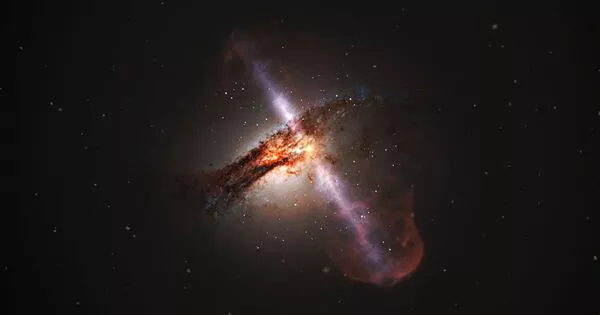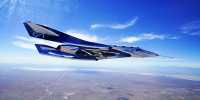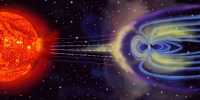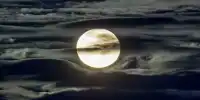New imagery from NASA’s Hubble Space Telescope appears to show two spiral galaxies overlapping one another. But as the European Space Agency (ESA) team points out, the galaxies are not truly interacting; rather, it is a matter of precise timing and alignment that results in an almost faultless optical illusion.
“The alignment of the two galaxies is probably purely by accident; they are not actually interacting, despite looking to collide in this image. These two galaxies may just be passing ships in the night, but Hubble has previously photographed a stunning array of interacting galaxies “ESA staff members stated in a release.
The two galaxies, SDSS J115331 and LEDA 2073461, were observed by Hubble as part of the Galaxy Zoo project, a citizen scientific initiative.
“The Galaxy Zoo project, which began in 2007, and its offshoots are enormous citizen science initiatives that crowdsource galaxy classifications from a pool of hundreds of thousands of participants. These volunteers categorize galaxies captured by robotic telescopes and frequently get to see celestial objects for the first time “ESA clarified.
The most recent image serves as a reminder that, despite the JWST, Hubble’s successor, astounds us with amazing research and photographs of the Universe, Hubble continues to impress and is far from retiring any time soon.















